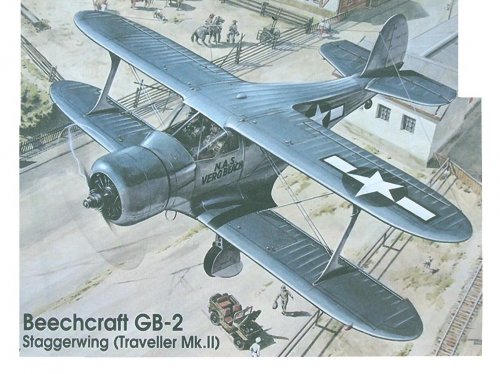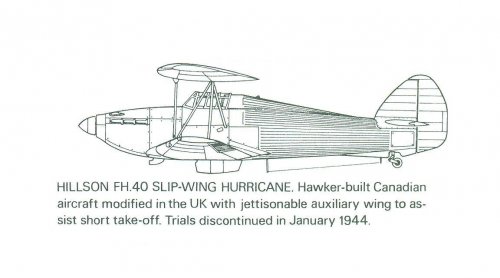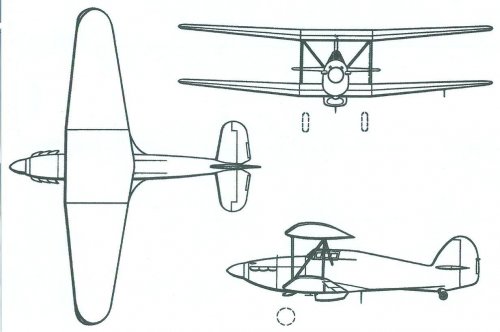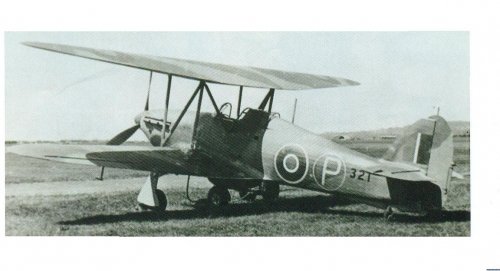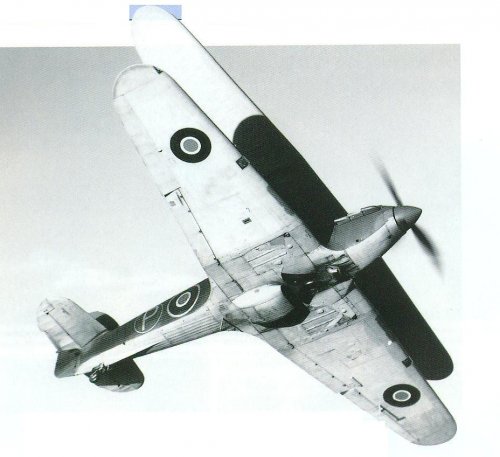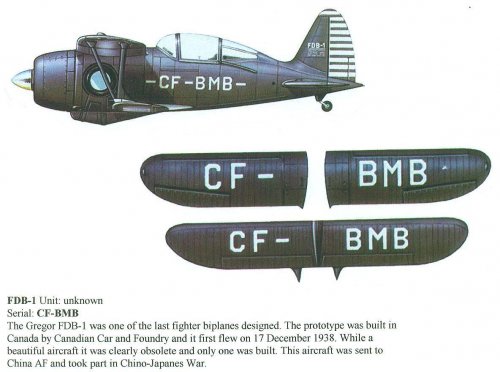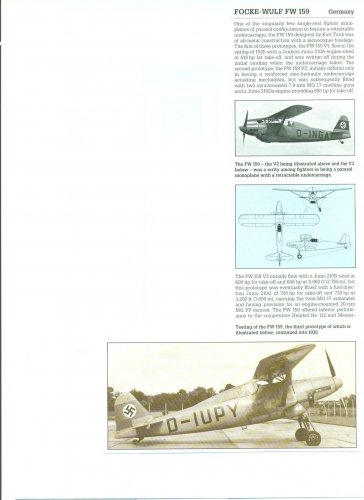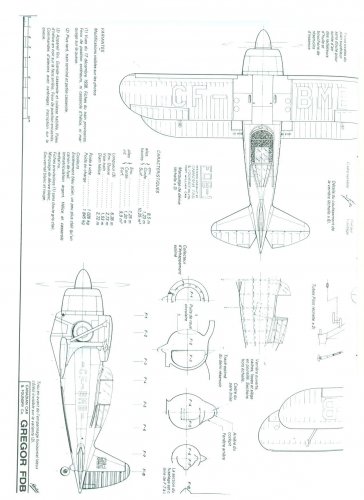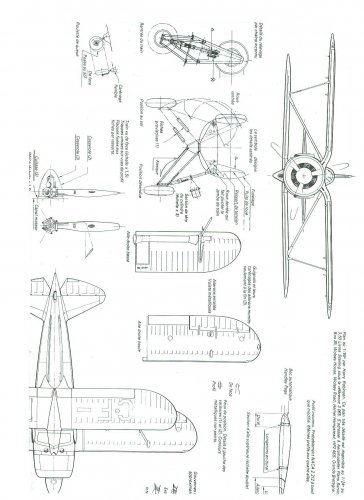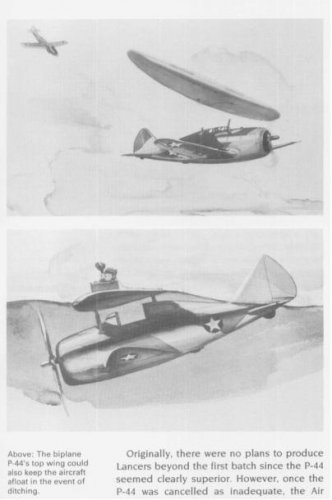Might the following be of interest?
In 1936, Canadian Car & Foundry (CCF), the largest manufacturer of railway equipment in Canada, entered a new and promising field of activity, aircraft manufacturing. Having noted that American and British aircraft manufacturers were increasingly signing military contracts with their respective governments, its management believed it could take advantage of the fear in foreign countries of not being able to obtain combat aircraft within a reasonable timeframe.
CCF hired Redford Henry "Red" Mulock for his knowledge of the field. However, the firm's management seemed not have heeded the advice and suggestions of this First World War pilot and former manager of Montreal, Quebec, based Canadian Vickers and Canadian Airways.
CCF's aeronautical division occupied part of the Fort William, now Thunder Bay, Ontario, plant.
Keen to carve out a place for itself on the aeronautical scene, CCF multiplied its projects: assembly of an export version of the Grumman FF-1 two-seat fighter plane, purchase of the manufacturing rights of the elementary training plane of American engineer Leland Stamford Wallace, purchase of the Canadian production rights of aircraft designed by Burnelli Aircraft, purchase of the production rights of a small radial engine, possibly known as the Silberman engine. Although admirable, these efforts were quite scattered. The company also worked in a vacuum, without trying to find out what the Royal Canadian Air Force (RCAF) actually needed.
Another private project initiated by CCF was even more ambitious. Even before the end of 1937, the company hired a respected Georgian American engineer, Michael Gregor, born Mikheil Grigorashvili / Mikhail Leontyevich Grigorashvili. The latter managed to convince CCF's management to design a fighter plane - a Canadian first.
From that on, many people have sought to understand the reasons which explained this project. In all likelihood, CCF wanted to prove to the RCAF and the Royal Air Force that it could manufacture high performance aircraft, in the hope of securing Canadian and / or British military orders.
In any event, Gregor got to work at the beginning of 1938. The prototype of the FDB-1 (Fighter Dive Bomber-one) , initially known as Gregor Model 10 and nicknamed Gregor in honor of its designer, took to the sky in December 1938 - seemingly on 17 December, 35 years to the day after the Wright brothers' first flights. Its appearance was surprising. It was a biplane, a configuration completely outdated at the time. As a result, no air force was interested in the FDB-1.
It should be noted that Gregor strongly believed that biplane fighters still had much to offer to air forces of the world. He designed the FDB with that in mind. Its structure was strong enough to absorb the power of a 1,200 hp engine - presumably a Pratt and Whitney R-1830 Twin Wasp, for example.
In May 1939, an RCAF pilot carried out test flights so that the FDB-1 could obtain a certificate of airworthiness. He seemed satisfied but still did not see why the RCAF might want to order this machine. CCF tried to export the aircraft to Mexico in 1940 but the Canadian government refused to let it go. The prototype was then stored in a hangar. The one and only FDB-1 was destroyed in 1945 in a fire.
It should be noted that, before the Second World War, CCF had seriously looked into the possibility of setting an assembly and / or manufacturing plant in Mexico. The project had raised some concern in Washington and Ottawa, as Mexico was one of the few countries to openly support the elected government of Spain, then embroiled in a vicious civil war launched by right wing military officers. Indeed, most examples of the export version of the Grumman FF-1 mentioned above were shipped to Spain, in 1938, under false pretense, before Washington and Ottawa twigged to what was happening. CCF's management claimed it did not know the aircraft would end up in Spain. Not everyone had believed them. The Spanish civil war eventually won by the rebels.

